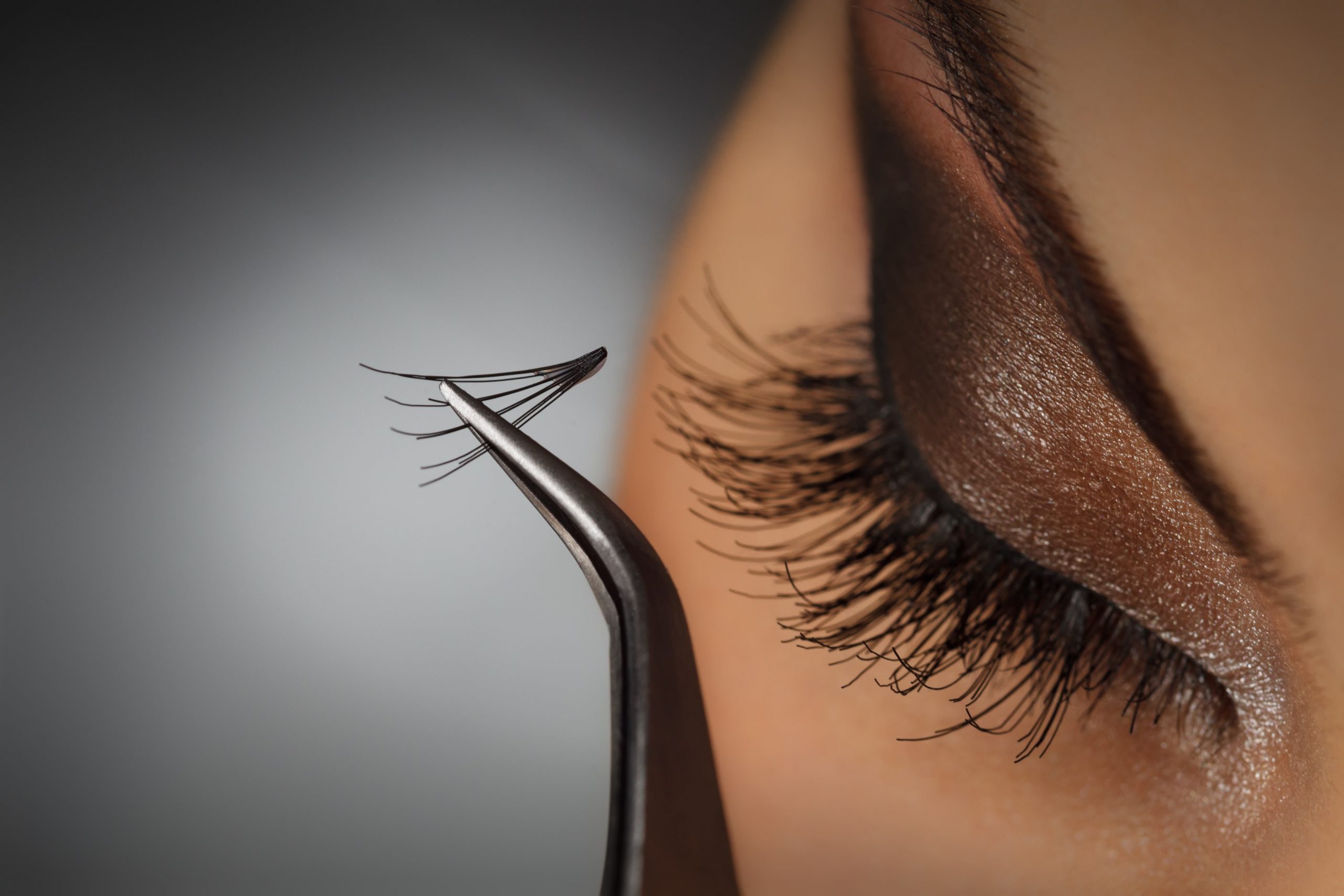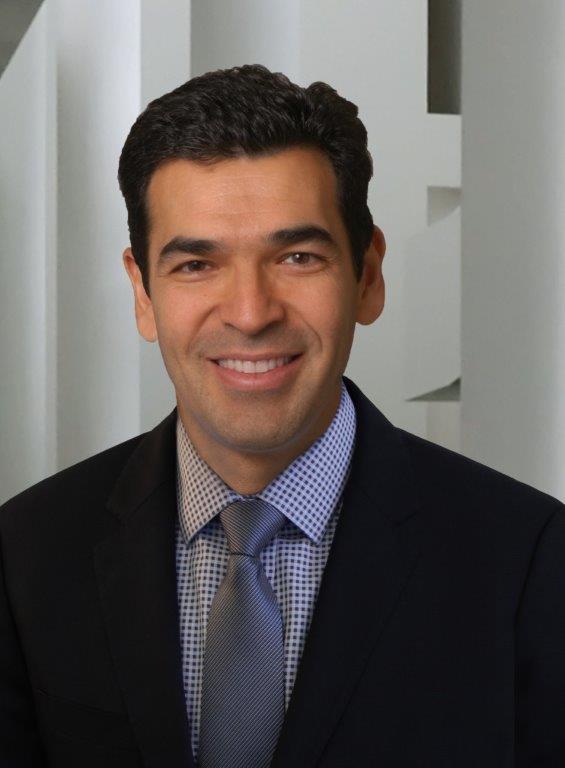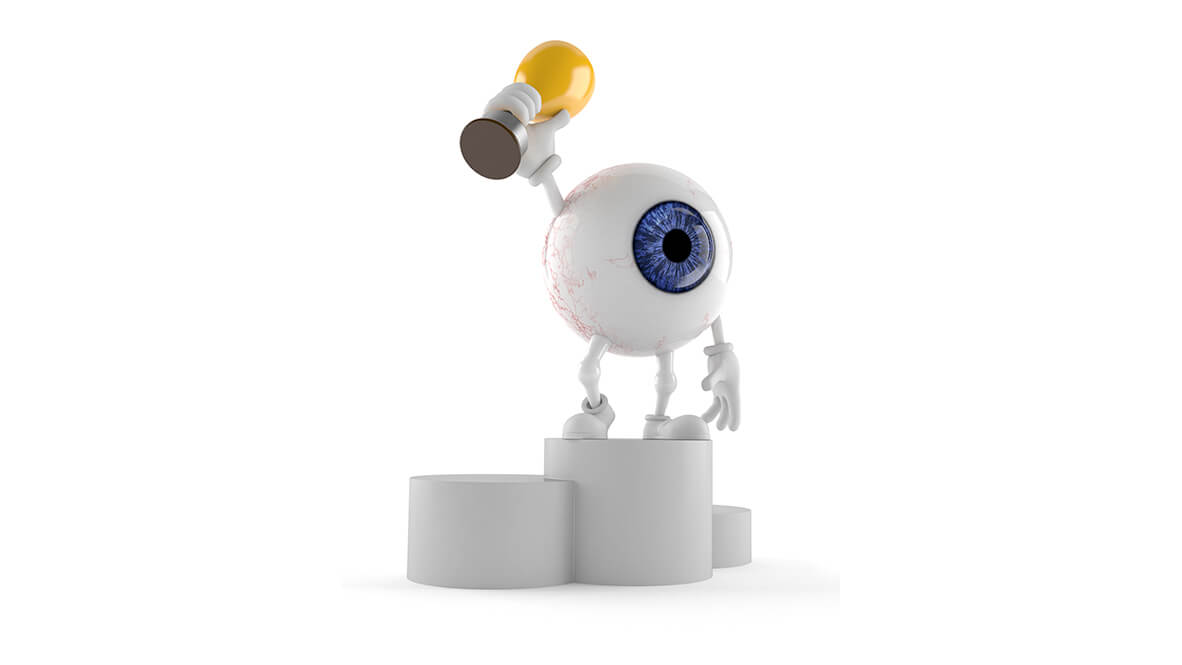by Gerardo Sison
While many cosmetic enhancements are widely and readily available today, the quest for beauty can often come at a price. Procedures such as eyelash extensions, eyelid tattooing, and eyelash dyeing can lead to adverse effects, ranging from temporary irritation to long-term ocular damage.
Although ophthalmologists might not experience these cases on a regular basis, it is important to be aware of these cosmetic procedures and their possible risks. Dr. Majid Moshirfar, a cornea specialist and clinical director of Hoopes Durrie Rivera Research Center, Utah, USA, provided some insight on the adverse effects of these procedures so that providers can be better prepared to advise and treat these patients.
Are Eyelash Extensions Safe?
Many women these days opt for longer lashes to enhance their femininity and overall appearance. And one of the cosmetic procedures for this is the eyelash extension, which involves attaching fake lashes to the base of natural lashes using an adhesive. These adhesives, however, may contain a cyanoacrylate base and are often mixed with latex and ammonia. According to Dr. Moshirfar, these ingredients can be quite toxic and cause adverse reactions.
“I see about five to six patients per year with reactions to eyelash extensions,” shared Dr. Moshirfar. “Formaldehyde-emitting compounds like glue adhesives may cause severe damage to the eye, such as toxic conjunctivitis and conjunctival erosion.”
Reports have found that many patients experience itching, inflammation around the ocular area, and watery eyes after receiving eyelash extensions. More severe cases have even reported temporary loss of vision. “Note that many patients do not consult after receiving eyelash extensions even if they have red, itchy eyelids, which may be a symptom of blepharitis,” added Dr. Moshirfar.
Complications of Eyelid Tattooing
Another trending cosmetic enhancement procedure is eyelid tattooing, otherwise known as blepharopigmentation. It involves injecting pigment granules into the upper layers of the skin to mimic the look of eyeliner or eyeshadow. This procedure may appeal to those who want a permanent makeup solution or those who are physically unable to apply makeup due to conditions, such as arthritis or Parkinson’s disease. Still, this procedure does not come without risks.
“Allergic blepharitis, granulomatous reactions and allergic contact dermatitis have all been reported in the literature,” said Dr. Moshirfar. “What is worse is if the chemicals reach the eye itself. Improper application of eyelid tattoos may severely damage the ocular surface and periorbital area leading to corneal erosion and meibomian gland loss, as well as dry eye.”
Because eyelid tattooing involves using a needle to inject a foreign substance in the skin, many patients may experience irritation and inflammation from the needle, as well as the pigment. Most often, the dyes used are also not uniformly approved, which can cause even more concern for possible allergic reactions. Therefore, it is important to advise patients to look for experienced, certified practitioners if they want to undergo this procedure. If done in a healthcare setting, patients are also more likely to receive proper anesthesia and sterilization.
What About Eyelash Dyeing?
Eyelash dyeing, or eyelash tinting, is a beauty treatment that gives the eyelashes a fuller appearance. Although it is not permanent, eyelash dyeing can simulate the lash-darkening appearance of a mascara for a few weeks. However, the dyes can often contain ingredients such as stearic acid and acetyl alcohol, which can act as irritants especially for those who are more prone to allergic reactions.
“While allergen testing may be appropriate prior to these procedures, it is not a fail-safe test,” explained Dr. Moshirfar. “Besides allergic reactions, eyelash dyeing can cause ocular surface problems which can increase the possibility of a decline in vision.”
Other adverse reactions can include loss of eyelashes and swelling of the eyelids. Patients who have undergone laser-assisted in situ keratomileusis (LASIK) or other refractive corneal procedures may also need to be more careful. “The risk of an adverse reaction leading to worsening of any dry eye condition is higher in these patients than in the general population,” noted Dr. Moshirfar.
The procedure involves applying a protectant like Vaseline around the eyes to protect the surrounding skin from getting stained. The dye is then mixed with hydrogen peroxide to help deposit color onto the eyelashes. Using a fine brush, the mixture is applied and allowed to set for 10 minutes.
Some products can be applied at home and are marketed for long-term use. These products may contain silver pigment, which can lead to discoloration of the conjunctiva, cornea and skin with prolonged use. Given that eyelash dyeing products are easily accessible to the public, adverse effects may be more common than previously thought.
Treatment and Prevention of Adverse Effects
When patients choose to undergo cosmetic enhancement procedures around the eyelid, they are putting themselves at risk for adverse effects, including ocular damage that can’t be undone.
“Eye care specialists should consider toxic and allergic reactions when patients manifest with conjunctivitis, blepharitis or corneal issues after eyelid or eyelash cosmetic enhancement procedures,” said Dr. Moshirfar. “For patients with known allergies, advice should be given to refrain, as much as possible, from exposure to dyes and other chemicals.”
In regard to treatment, Dr. Moshirfar said artificial tears may be used initially for dry eye. “Allergic reactions can be treated with systemic anti-allergies or topical eye drops,” he added. “Whereas granulomatous reactions are more difficult to treat, secondary infections can be treated with local or systemic antibiotics depending on the severity. After an allergic reaction, the patient must be advised not to undergo any other cosmetic procedures because of the high risk of an adverse reaction.”
Although these enhancement procedures can be successful for patients, it’s best to ensure that the patient chooses a licensed practitioner who knows what she’s doing. “A person seeking cosmetic enhancement procedures involving areas around the eyes should go to a reputable licensed esthetician, eyelash technician or cosmetic practitioner who is experienced in these procedures,” advised Dr. Moshirfar. “Poor technique can lead to injury to the eyelids, eyelashes and glands.”
As with everything else these days, you get what you pay for. And this especially rings true for cosmetic enhancements.




